by Stuart Livesey
Despite some heavy advertising campaigns Kia continues to not live up to its potential in the new car market in Australia. Kia’s share of the market currently wanders between 1.8% and 2.1% but things might improve for Kia if they were to bring these three models into the country.
Two are based on the cee’d (spelling is correct) – Kia’s European built small car. One is a convertible and the other is a small station wagon.
cee’d Cabrio
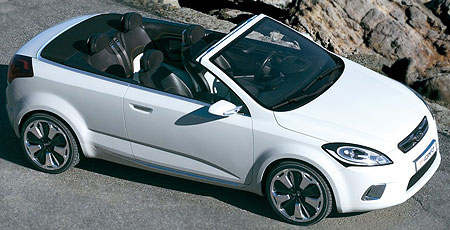
Now this is definitely one sweet looking fun car. The vehicle is based on the yet to be released cee’d sporty hatch – not due out till December – but includes several new exterior panels plus a folding fabric roof.
It will come fitted with 19 inch alloy wheels and if it ever makes it to Australia it should be a hit in the cities.
cee’d Sporty Wagon
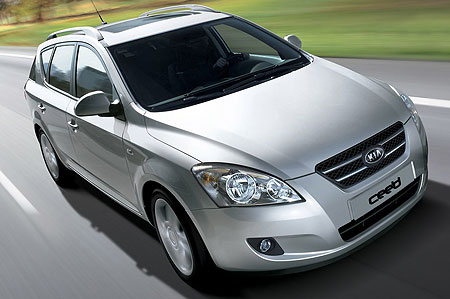
This wagon features a unique extended tailgate for maximum access to the luggage area. Luggage space when loaded to the bottom of the rear window is 534 litres – but who only loads a station wagon to the bottom of the rear windows?
It will go on sale in three equipment levels and buyers will have the choice of 4 engines with manual or automatic transmission.
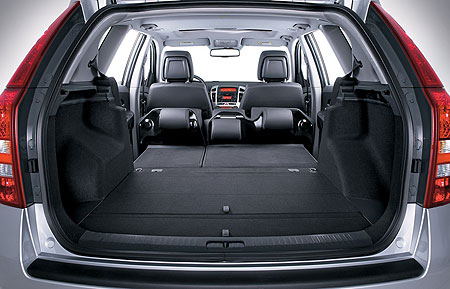
Kia Rio Hybrid
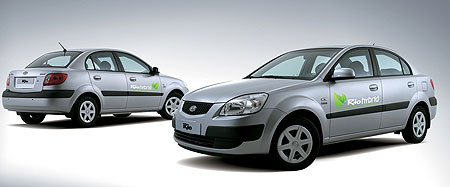
The Kia Rio Hybrid is been in limited production – or ‘real-world testing’ – for some time now. It features a unique powertrain with a 1.4-litre, 90 ps gasoline engine, mated to a high-torque 12kW, 95 Nm AC synchronised electric motor and a CVT gearbox.
The electric motor is mounted between the flywheel and the gearbox and assists the gasoline engine during starting, accelerating and hill-climbing. During steady cruising the electric motor switches off, while during deceleration it employs regenerative braking to store energy and re-charge its power pack.
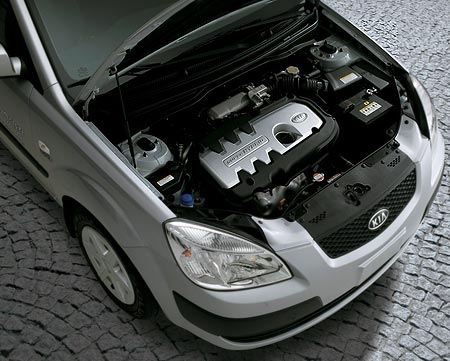
The hybrid Rio is the first Kia to employ a CVT (continuously variable transmission) and also features computer-controlled stop/start motoring which switches both engine and motor off whenever the car comes to a standstill for more than a few seconds.
Special lightweight components parts cut the Rio Hybrid’s weight by 220 kg. It accelerates briskly from 0-to-100 kph in 12.2 seconds, can reach a top speed of 180 kph and returns a fuel consumption of 5.29 litres per 100 km (53.4 mpg). Air pollutants are reduced by 37% and fuel efficiency is improved by 44%.
I’m sure that all three of these Kia models would find a niche in the Australian market and just might get Kia out of the sales doldrums.